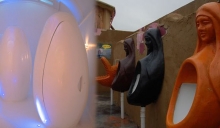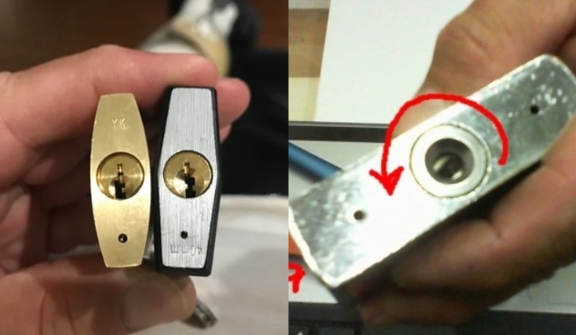
If you are a loyal reader of Discovery, you must already know this truth: Everything that exists has a reason!
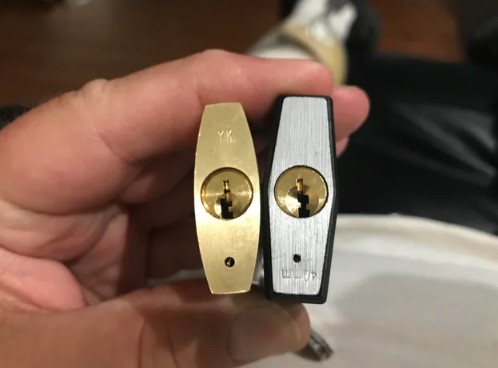
Your lock is no exception - it was created to enhance security for people. However, take a closer look at your lock. Is there a smaller hole next to the keyhole, as shown in the image below?
Why do these holes exist? Surely, they are not there to make it easier for thieves to break the lock. But do you know what these holes are for?
However, many remain unaware of the small hole in it.

The post read: "What’s the little hole for?"
Below the comment, many shared their knowledge about the purpose of the little hole at the bottom of a padlock..
One person said: I believe they are for drainage, helping the lock survive in the rain.
A second wrote: Drain hole, keeps water out of the locking mechanisms
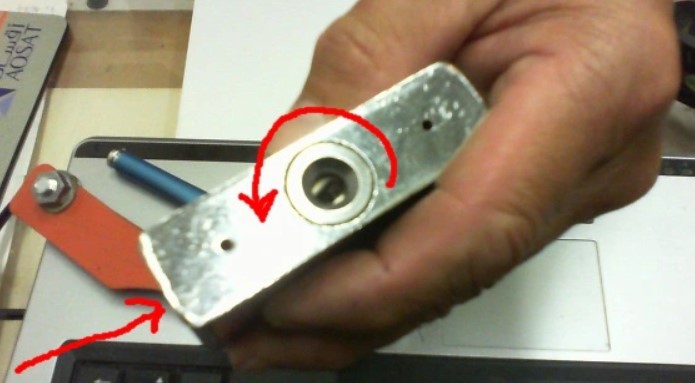
While a third commented: A good tip I heard for Bosnian Bill was to look for that drain hole when attempting to shim. The drainage hole is the same side as the locking mechanism. If it doesn't double lock that side of the shackle is all you have to shim.
Another commented: Wouldn't be a good spot to drill from. I cant think of a good practical attack that would use it.
Someone else said: As you might be able to see on the left lock, the spring is made of steel, which would rust very quickly if immersed in water at all times
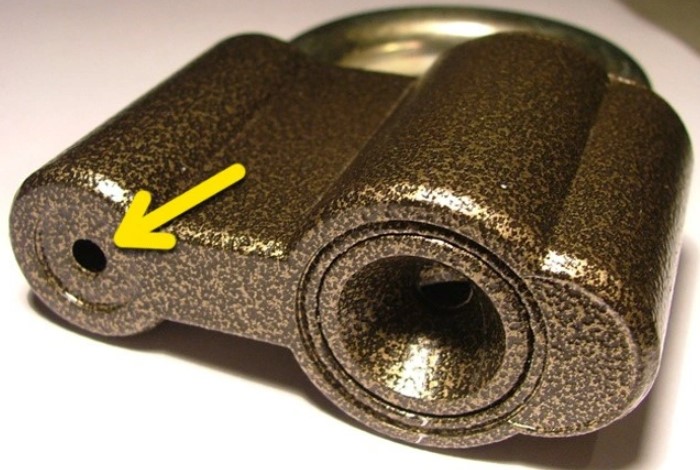
This hole allows water to escape, which is crucial because accumulated water can lead to rusting and deterioration of the lock mechanism. By allowing water to drain out, the hole helps prolong the life and usability of the padlock, ensuring it remains functional in various weather conditions.
In addition to preventing rust, the tiny hole serves another important role. Over time, padlocks may become stuck or difficult to open, even when using the correct key or combination code.
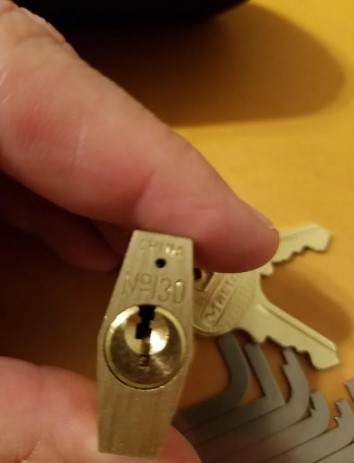
The hole provides a convenient entry point for lubricants. By applying synthetic lubricant through this hole, you can ensure the internal components move smoothly, making it easier to unlock the padlock.
Regularly inspect your padlock for signs of rust, dirt, or other debris. Clean the lock as needed to maintain its condition.
Use a high-quality lubricant to keep the internal mechanism of the padlock in good working order. Apply the lubricant through the small hole at the bottom for best results.
To protect the padlocj, you need to protect it from direct exposure to water and harsh weather conditions. Use a cover or place it in a sheltered location to minimize the risk of water damage.
You're welcome!


